Interior structures like counters, cabinets, and wardrobes need to be strong and, ideally, withstand most external conditions.
Wood or various versions and substitutes of it are usually used to create such structures. But these materials have many drawbacks and are not as heavy-duty. This is where an HDHMR sheet comes in.
High-Density High Moisture Resistant or HDHMR boards and sheets are ideal for kitchens and other spaces exposed to high moisture content.
If you’re looking for a heavy-duty, waterproof material for your interiors, you should consider getting HDHMR sheets. These sheets are formed by mixing and pressing forest wood waste and fibre chips. It is the compression of hardwood particles through an adhesive that lends HDHMR its moisture resistance.
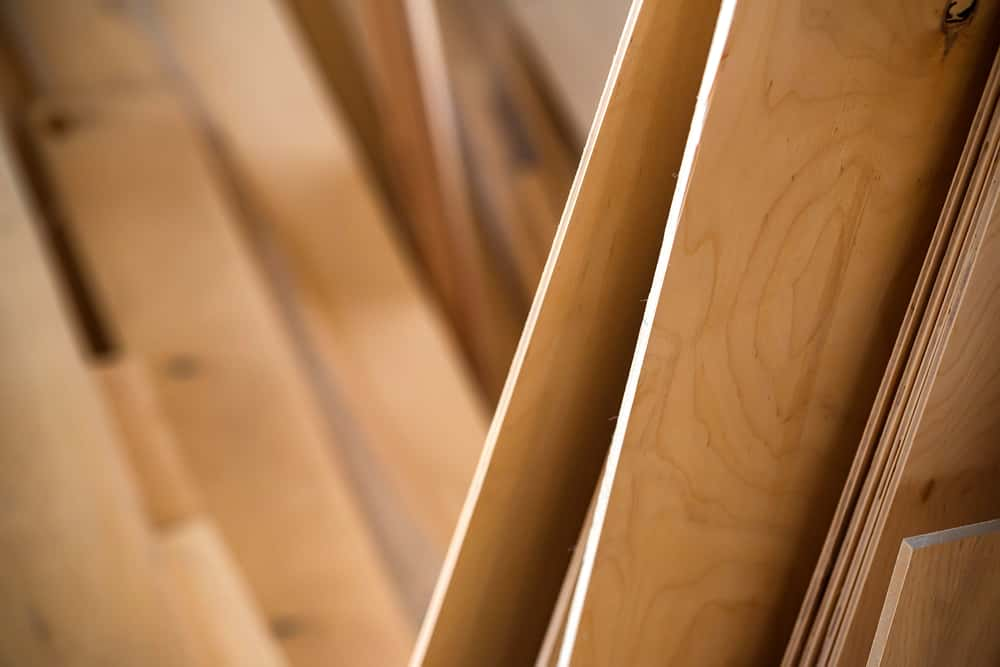
HDHMR boards are engineered wood products that are manufactured by compressing broken down hardwood fibres with a special moisture-resistant adhesive, under very high heat and pressure. This process results in a dense, strong, and dimensionally stable board. As the fibres used are of high-quality hardwoods, HDHMR boards are tougher and more resistant to moisture than MDF (Medium-Density Fibreboard) or plywood.
Your kitchen is a zone that’s subject to constant high temperatures and humidity, and is potentially susceptible to liquid spills as well. HDHMR’s exceptional moisture resistance makes it a great choice for kitchen cabinets and furniture, and even for bathrooms.
What’s more, the HDHMR board offers good dimensional stability, meaning it won’t warp or swell easily in damp environments. When compared to plywood or MDF, HDHMR boards are denser, while being more affordable.
There are many HDHMR board advantages:
For a long time, plywood was the most popular material used for structures inside the house. However, nowadays, HDHMR ply boards are being used widely, especially for kitchen shutters, cabinets, and even furniture.
HDHMR is versatile and will serve well for outdoor purposes too. If you haven’t used HDHMR before, you should take a look at the HDHMR board advantages and disadvantages described below.
Once your carpenter has created the required structures with the HDHMR ply boards, you don’t have to spend too much time maintaining them.
HDHMR boards can be easily cleaned with lukewarm water. All you need to do is make sure you’re using a damp cloth instead of soaking the boards.
An HDHMR sheet will not get scratched easily, but you can be cautious while using utensils or items with sharp edges.
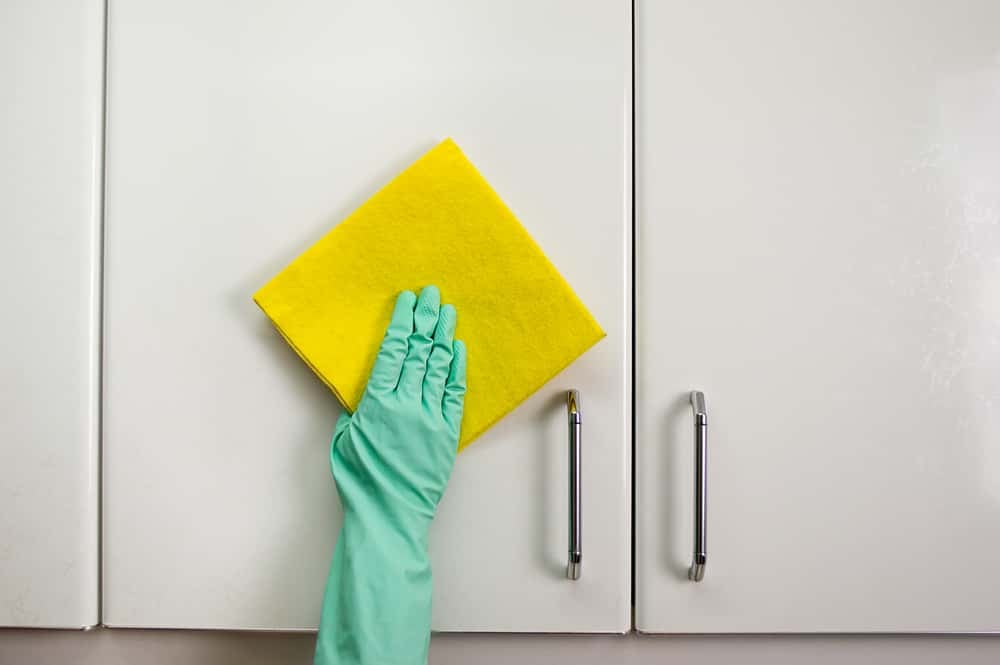

This is the most significant advantage of using HDHMR. If you live in a very humid location, HDHMR ply is the best choice.
Moisture can cause most wood-like structures to warp and break, but you use HDHMR wood for a long time without having such problems.
The surface of HDHMR boards will not start peeling off, even if they remain wet for some time. The special glue used to bind the forest and agricultural wood-waste particles ensures the boards or sheets do not absorb water easily.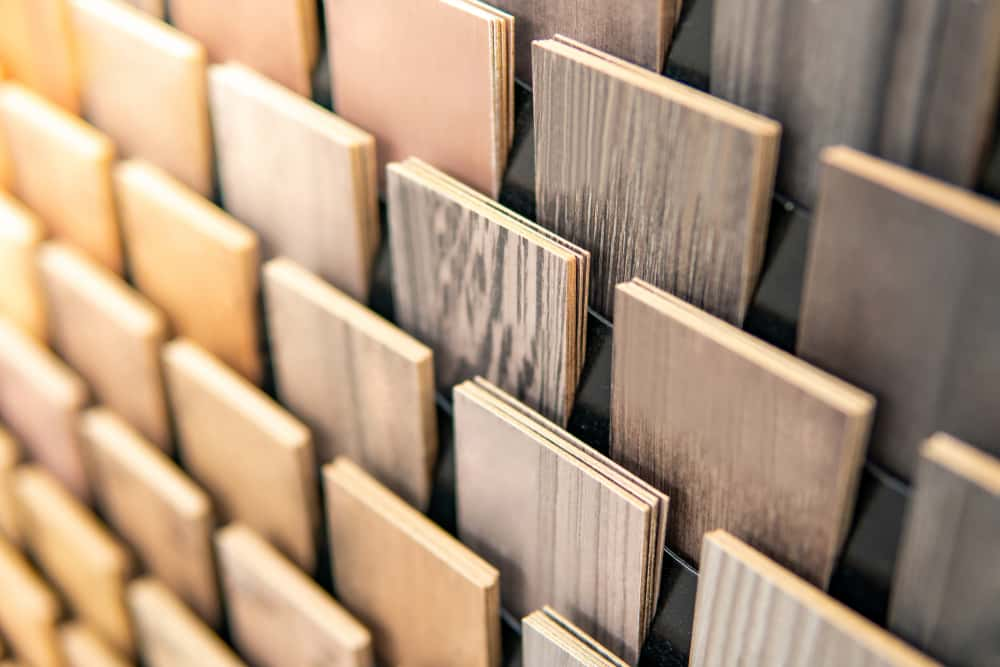
Even though many people prefer to use wood as a construction material for furniture and cabinetry, making it termite-proof is a significant problem. However, with HDHMR, you don’t have to worry.
Termite infestation can cause unhygienic living conditions and can lead to widespread damage to furniture and interior structures. The reason why HDHMR is termite-proof is that small wood content is removed with the pressing technique.
While this improves the board or sheet’s density, it also eliminates any unusable particles that can attract termites.
Due to its compact core, HDHMR also has excellent routing characteristics, and the density gradient is uniform. However, like every other material, HDHMR, too, has a few disadvantages:
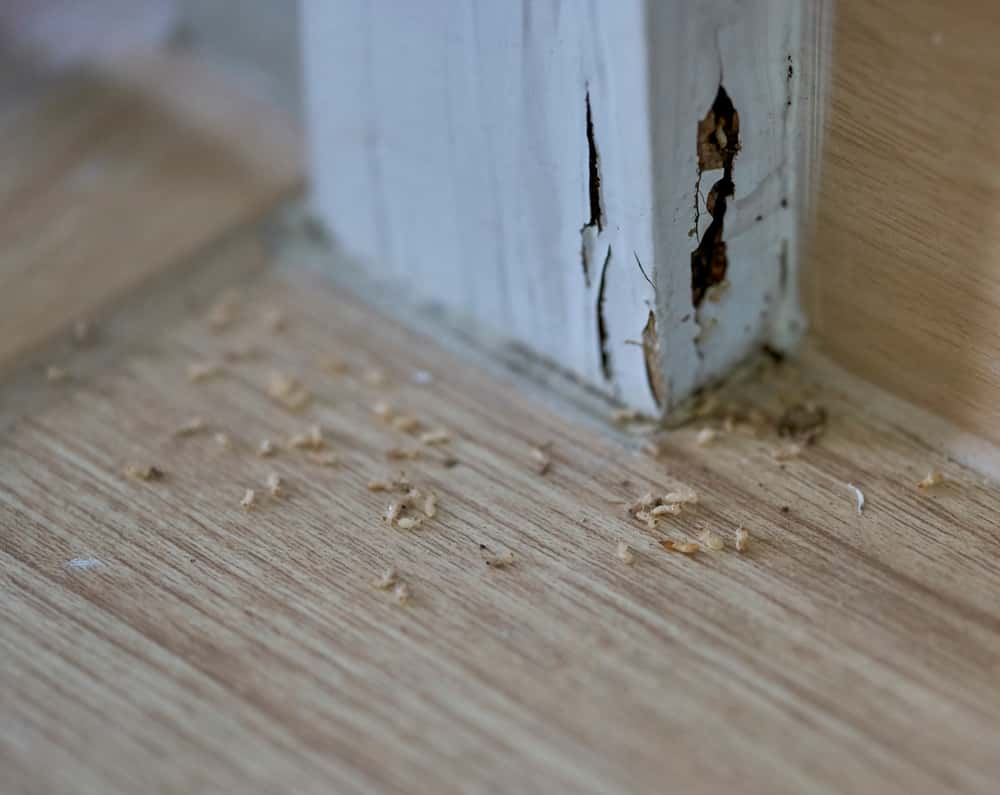
While you can use HDHMR to construct wardrobes, partitions, panelling, and door shutters, it is particularly useful for kitchen cabinets.
Kitchens are usually humid spaces, and the air’s high moisture content can affect the materials used. But, as mentioned before, HDHMR can withstand such atmospheric conditions.
An HDHMR sheet will not warp or separate when exposed to high levels of moisture, not even if you frequently spill water on it.
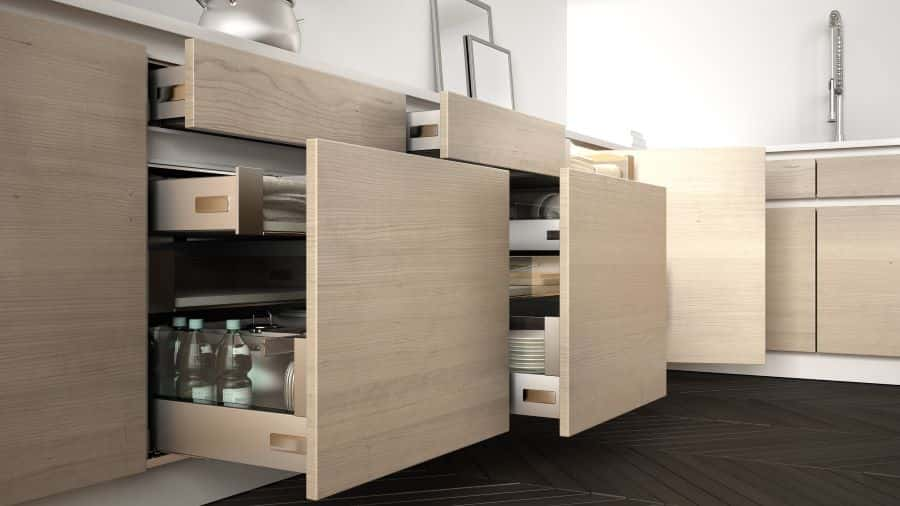
It’s important to maintain hygienic conditions at home, especially in the kitchen, where a lot of raw or cooked food is kept uncovered. Cleaning the countertops and utensils can help, but you should also look into hygienic storage.
Since HDHMR is termite-proof, it’s the safest option for your kitchen cabinets. Cabinets and shelves in the kitchen can be easily created with HDHMR boards, and you can store all kinds of non-perishable food items without worrying about contamination.
HDHMR being a sturdy material, can also be used to keep glass or metal jars. You can rest assured that your kitchen storage platforms will not break under the containers’ weight.
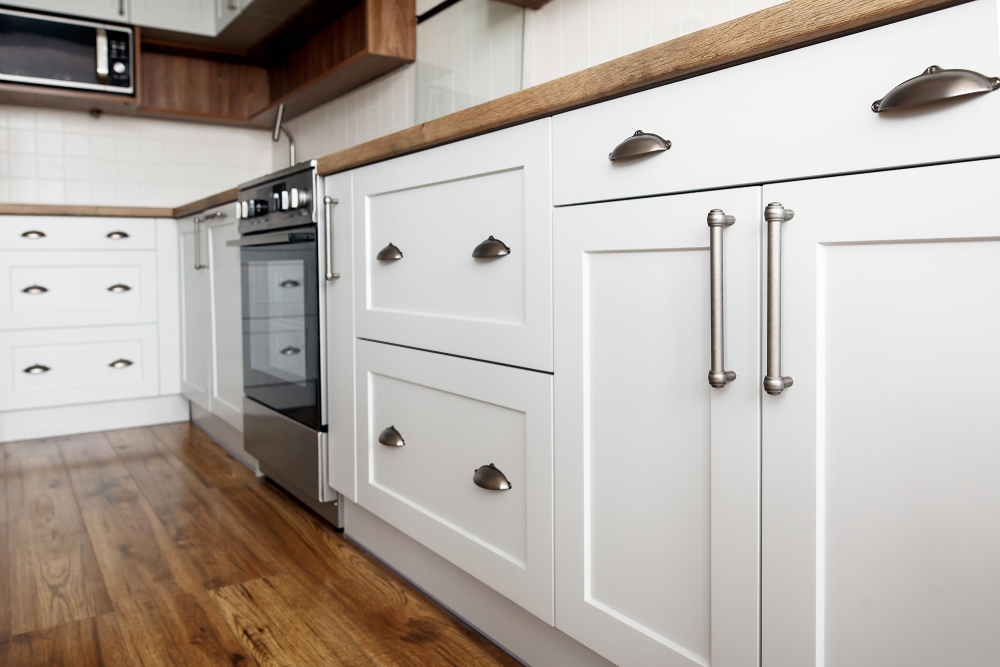
Plywood has been the popular choice for kitchen cabinets for a long time. But it’s expensive and does not have the superior characteristics of HDHMR.
Plywood will also warp if you accidentally spill water, which you cannot avoid in the kitchen. It’s also not termite-proof.
Food particles can get stuck in the soft and porous surface of the plywood, and if that happens, it will be very difficult to control infestation and moulding. This is why HDHMR ply boards are a much better choice for your kitchen.
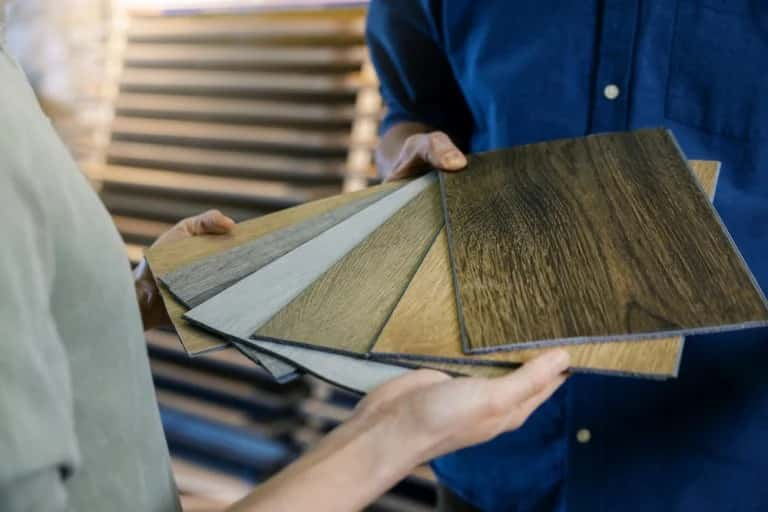
HDHMR is a fairly new material, and even though most carpenters are starting to recommend it to their clients, many are hesitant to use it. However, due to its robust nature, the HDHMR sheet has the potential to replace previously used materials. HDHMR is strong and is available at a very affordable price at HomeLane and is, therefore, the best material for all indoor cabinetry and furniture.
Besides plywood, other alternatives of HDHMR also exist, and MDF – Medium Density Fibreboard – is one of them.
MDF is made from a combination of wood fibres, wax, and a resin binder under the presence of high pressure and temperature. It’s a type of engineered wood material that has a smooth finish and is quite durable and malleable.
However, unlike HDHMR, MDF possesses limited resistance to moisture, water, and heat. Thus, it’s not suitable for making furniture for your kitchen and bathroom.
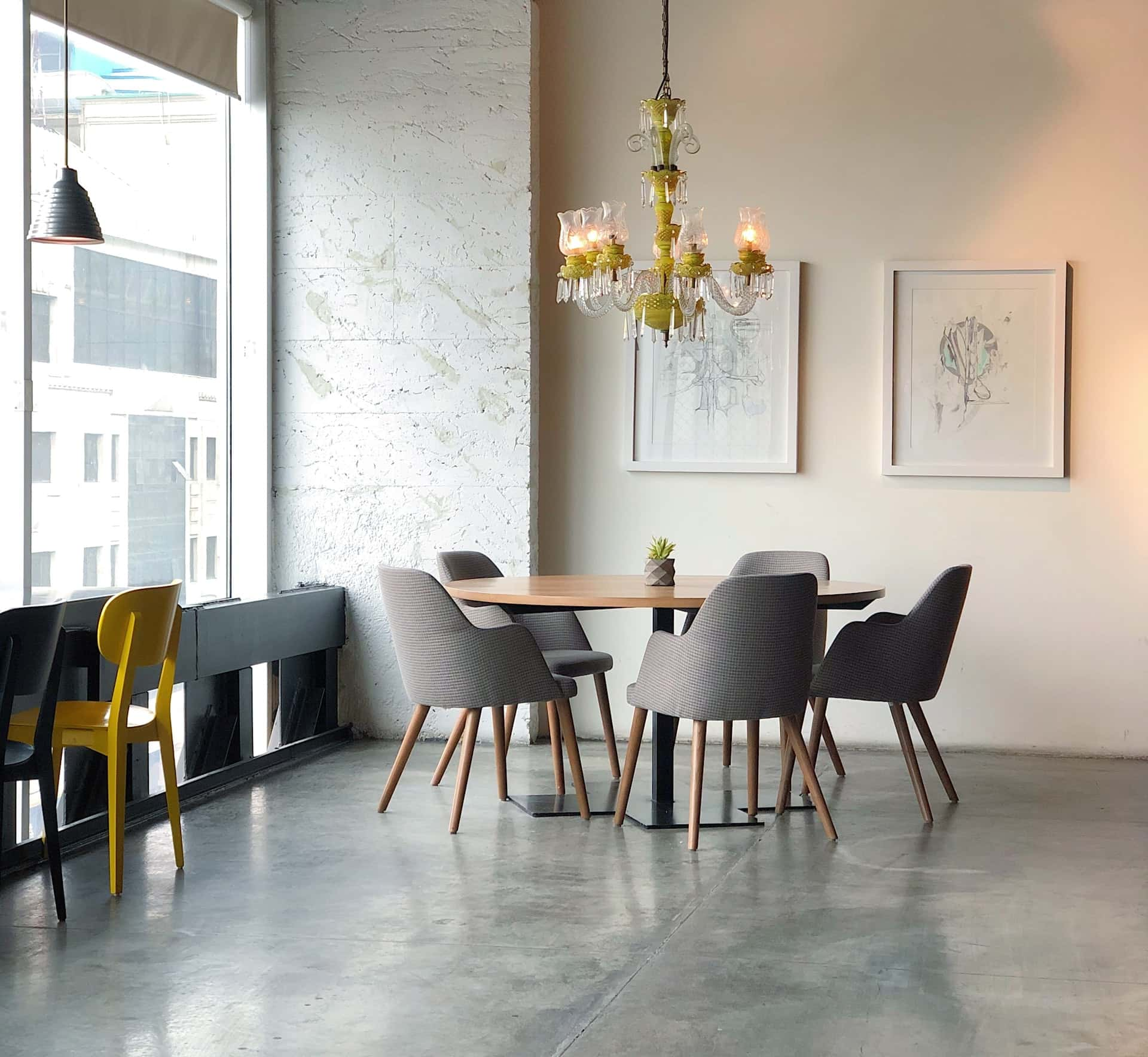
Another alternative to HDHMR is solid wood, an umbrella term made for different types of wood materials. Some of these include mahogany, maple, cherry, pine, cedar, etc.
All these wood materials are crafted from the lumber of trees and have unique-looking knots and grains on their surfaces.
Though they’re durable and their quality can be restored, they don’t have moisture and termite resistance and are thus unsuitable for spaces in your home that are high in moisture levels and conducive to pests.
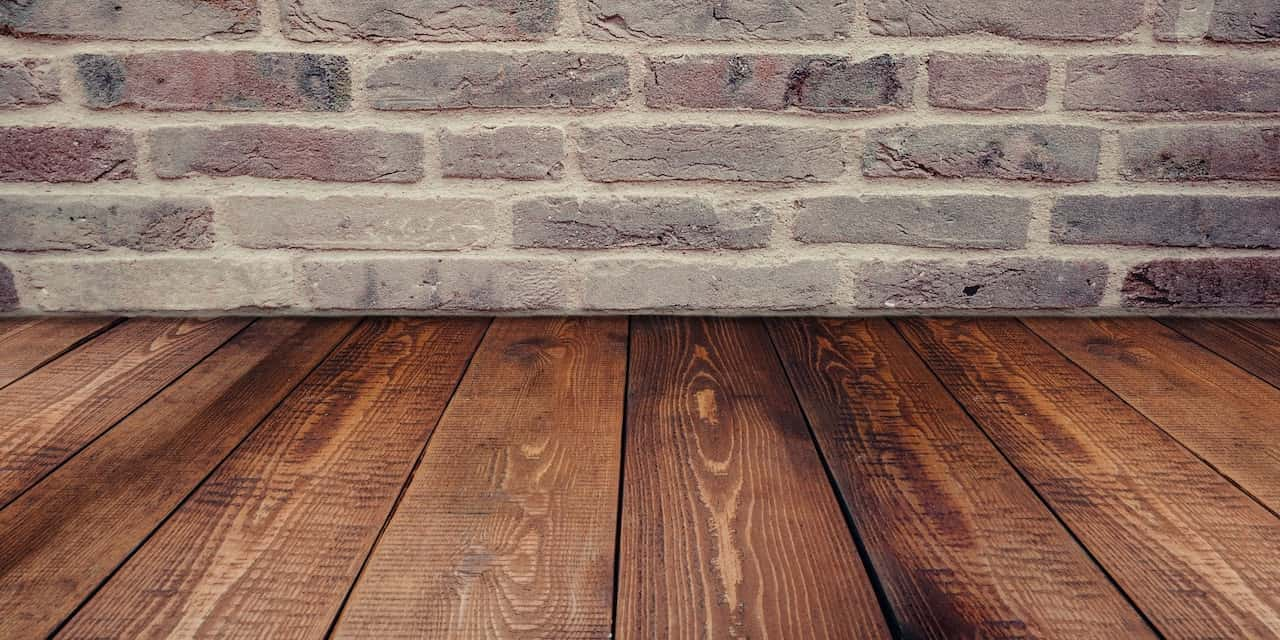
HDHMR is a fairly new material, and even though most carpenters are starting to recommend it to their clients, many are hesitant to use it. However, due to their robust nature, HDHMR sheets have the potential to replace previously used materials.
HDHMR is strong and is available at a very affordable price at HomeLane and is, therefore, the best material for all indoor cabinetry and furniture.
HDHMR is a material available in the form of sheets and boards. It’s made from a mixture of fibre chips and forest wood waste and is used to construct cupboards, cabinets, counters, etc.
HDHMR is mainly used to construct furniture for kitchens due to its heavy-duty, waterproof form material. In addition, it possesses high tensile strength and heat and moisture resistance.
To find out which of the two – BWR and HDHMR – is better, let’s understand what they are and how they differ in terms of their features and properties:
In the end, since HDHMR board and sheets are more sustainable, durable, waterproof, termite, pest, and moisture-resistant than BWR plywood, they make for the better option when constructing the furniture for your home.
Yes, HDHMR boards are waterproof. They’re formed through a blend of hardwood particle board and a unique glue pressing technique.
When the hardwood granules are forced through the glue, they create a special water-resistant layer that runs the length of the board. This formation process grants the HDHMR board the property of waterproofing.
Termite infestation is a big concern when it comes to choosing/building the furniture for your home. Fortunately, with HDHMR boards, you don’t have to worry about this.
When HDHMR boards are undergoing construction, all the wood and unusable particles that attract termites are removed with the help of the pressing technique, thus rendering the HDHMR board with the property of being termite-proof.
The HDHMR board price varies depending on the thickness of the board.
For instance, the cost of an HDHMR board or sheet with a thickness of 5.5 mm is a little more than ₹800, that of 8 mm thickness is more than ₹1100, while 12 mm thickness is more than ₹1650, and so on.
The cost of the HDHMR board keeps rising with the increase in thickness.
Yes, HDHMR boards can be painted, laminated, or veneered for a desired look. They offer a smooth, even surface that takes paint, laminate, or veneer exceptionally well. This allows for a wide range of design possibilities to match your desired kitchen aesthetic.
The eco-friendliness of HDHMR boards depends on the specific resin used in the adhesive. Look for manufacturers using recycled wood content and sustainable practices in their production process. Opting for FSC-certified (Forest Stewardship Council) HDHMR boards ensures the wood comes from responsibly managed forests.
Popular Services
Modular Kitchen Designs | Home Interior Designs | Wardrobe Designs | Living Room Designs | Bathroom Designs | Space Saving Furniture | Home Office Designs | Pooja Room designs | Foyer Interior Design | Kids Bedroom Design | Interior Lighting Design |False Ceiling | Home Wallpaper | Furniture Design
Popular Locations
Modular Kitchen In Ahmedabad | Modular Kitchen In Mumbai | Wardrobe Designs In Chennai | Wardrobe Designs In Delhi| Interior Design In Mumbai | Interior Design In Delhi
Popular Blogs
Party Ideas for Holi | Assam Type House Design | Pop Designs for Bedroom | Window Grill Design | Plinth Area | MDF Vs Particle Board | Wall Colour Combinations | Vastu Shastra Colors For Living Room | Classical Interior Design | Wardrobe Dimensions | Parapet Design | How To Prevent Dust In Room | Types Of Kitchen | Wall Panel Design | Small Modular Kitchen | Pooja Room Design| HDF Wood | French Door Design | Bedroom Wardrobe | Solid Wood Vs Engineered Wood | Athangudi Tiles

 EXPLORE MORE
EXPLORE MOREExplore This Vibrant Bangalore Home That Revels in the Interplay of Patterns and Textures!
This Stunning Chennai Home Channels Nuanced Character and Tonality
Step Into This Minimal Chennai Home, and Get Wrapped in Comfort!
This Compact Chennai Apartment Is an Ode to Smart Design and Functionality!
 EXPLORE MORE
EXPLORE MOREExplore This Vibrant Bangalore Home That Revels in the Interplay of Patterns and Textures!
This Stunning Chennai Home Channels Nuanced Character and Tonality
Step Into This Minimal Chennai Home, and Get Wrapped in Comfort!
This Compact Chennai Apartment Is an Ode to Smart Design and Functionality!
By submitting this form, you agree to the privacy policy and terms of use